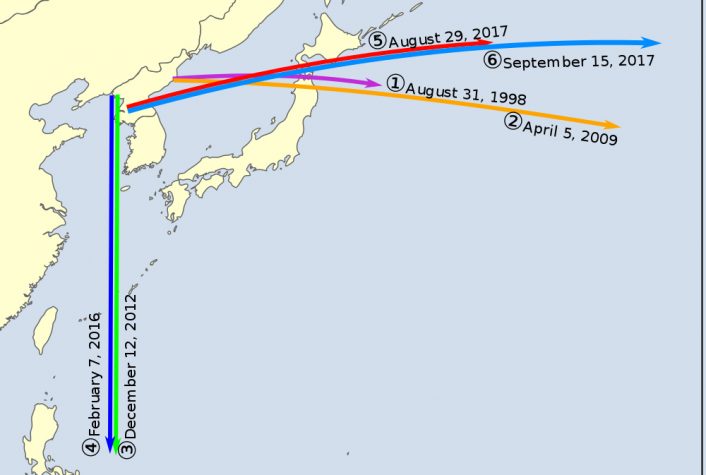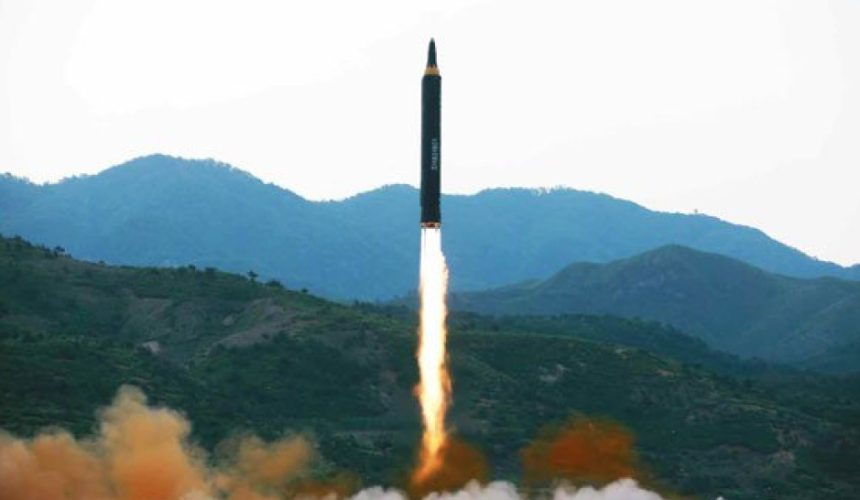Missile Test Reported to have Landed in East Sea Between Korea and Japan.
Defense sources and the Japanese Prime Minister’s office have confirmed the launch of a new North Korean ballistic missile test. The test, which took place within the last several hours from South Pyongan Province early Wednesday Nov. 29 local time, is now being reported across international media.
“We confirm that we have detected a North Korean ballistic missile launch. The missile is still travelling towards the direction to the East Sea, as we are monitoring right now,” a South Korean military official told media in South Korea several hours ago. Other unconfirmed sources indicate the missile has since landed in the sea.
Sometime after the first mentions began to appear in Asian media the Japanese Prime Minister’s Office tweeted, “A missile was launched from North Korea which appears to have landed within Japan’s exclusive economic zone. As soon as new information comes in, we will let you know.”
The Pentagon tweeted, “We detected a probable missile launch from North Korea. We are in the process of assessing the situation and will provide details when available.”
Several U.S. intelligence gathering aircraft were airborne during the test, including an RC-135S Cobra Ball.
Cobra Ball airborne – Ballistic Missile detection platform. No position showing.
🇺🇸 US Air Force RC135S 61-2662 pic.twitter.com/C5Q9s3dKV7
— CivMilAir ✈ (@CivMilAir) November 28, 2017
The last North Korean ballistic missile test took place in September 2017. That missile was identified as a Hwasong-12, referred to in the U.S. as the KN-17. The Hwasong-12 has an estimated range of between 2,300 and 3,700 miles (3,700-6000 kilometers).
The type of missile in today’s test has not yet been reported.
Reports from earlier this week from U.S. intelligence sources to Reuters news agency suggested North Korea intended a missile launch test “within days”.

This latest reported missile test is significant since it follows a brief period of relative calm in the region since the September 15, 2017 test that may have provided the opportunity for new back-channel communication via China in the interest of maintaining stability in the region.
Top image: File photo of previous North Korean missile test from 2017. (Yonhap)









